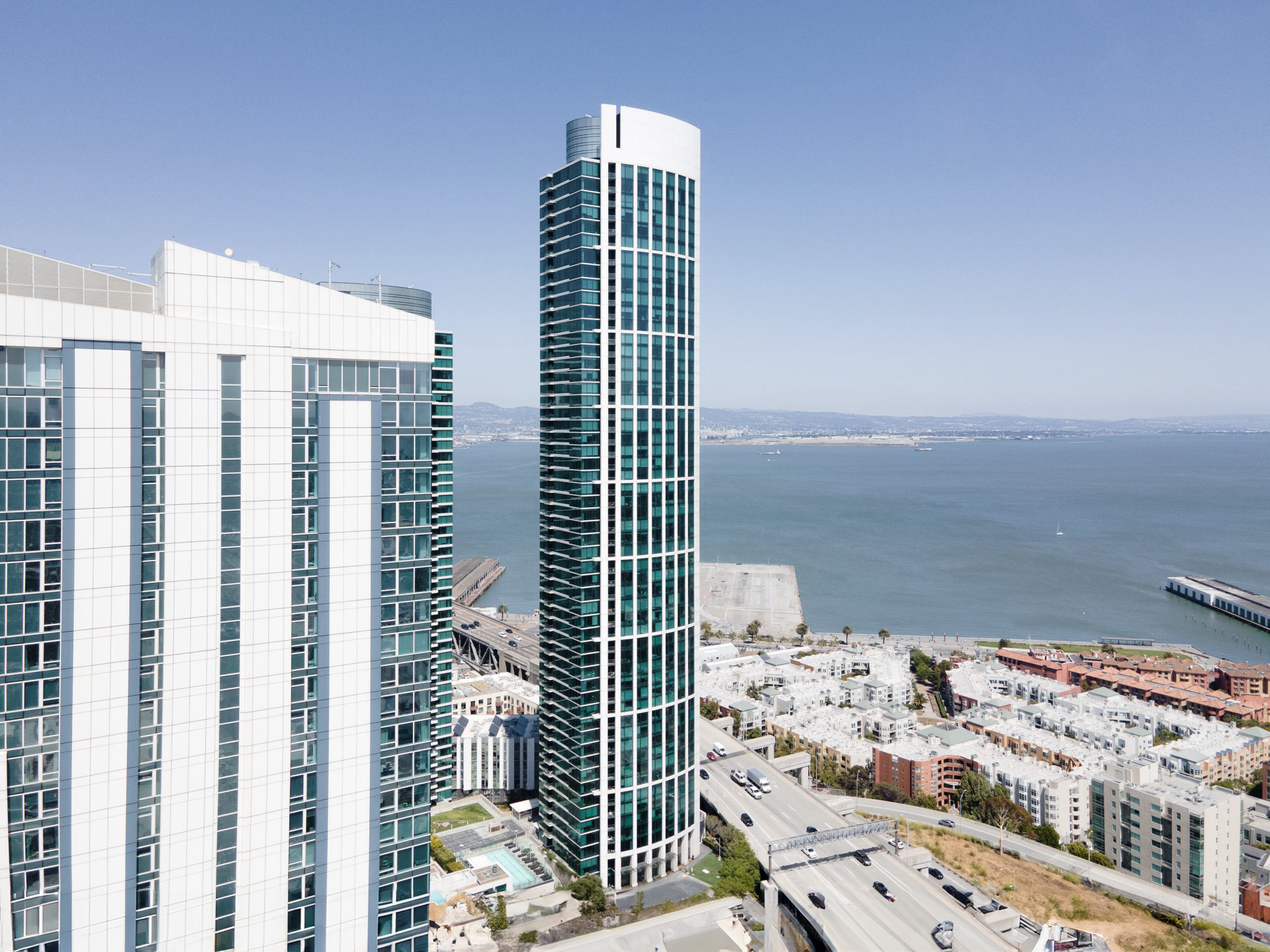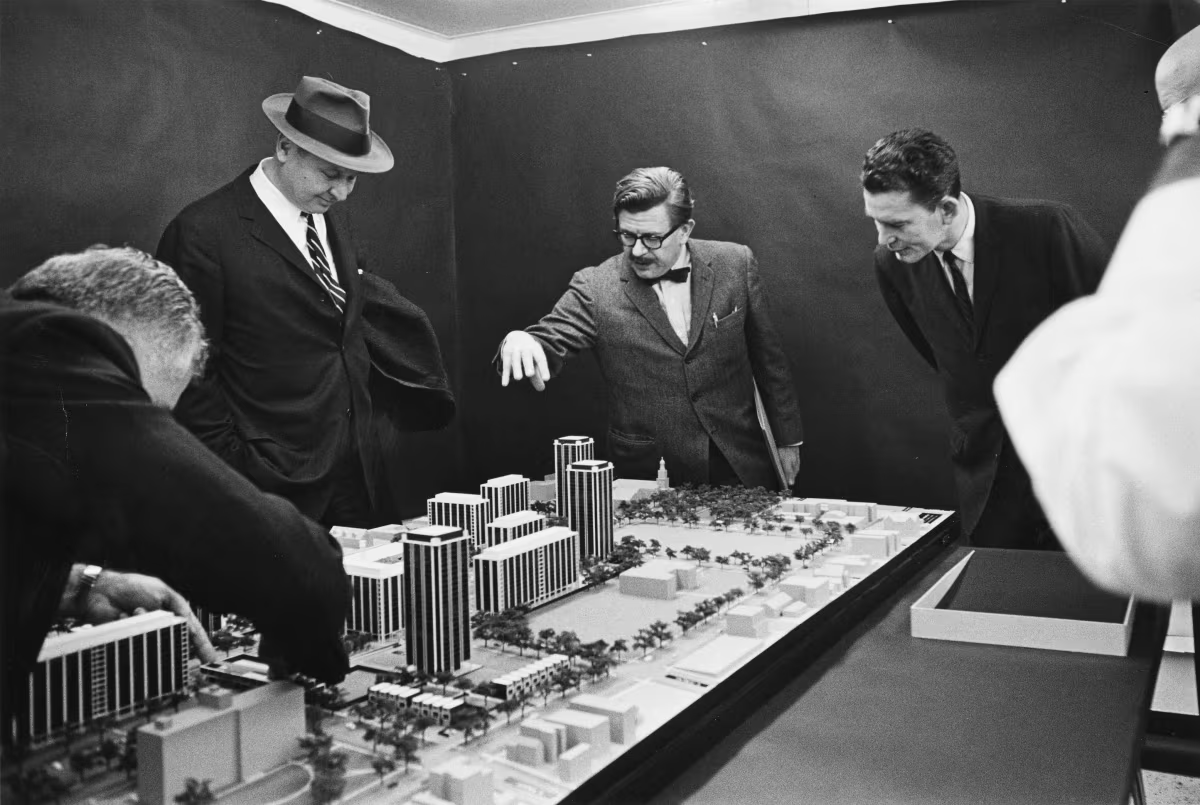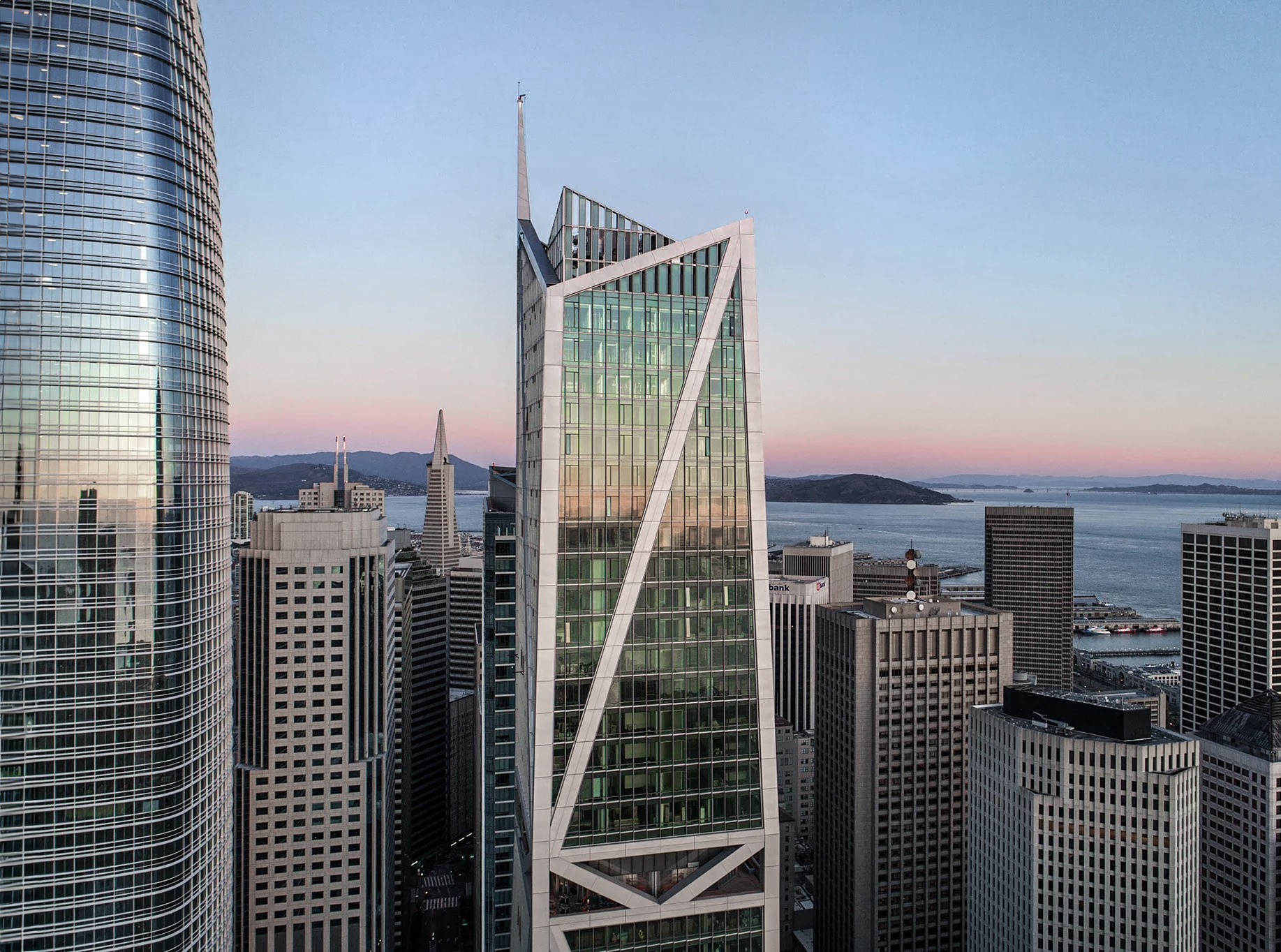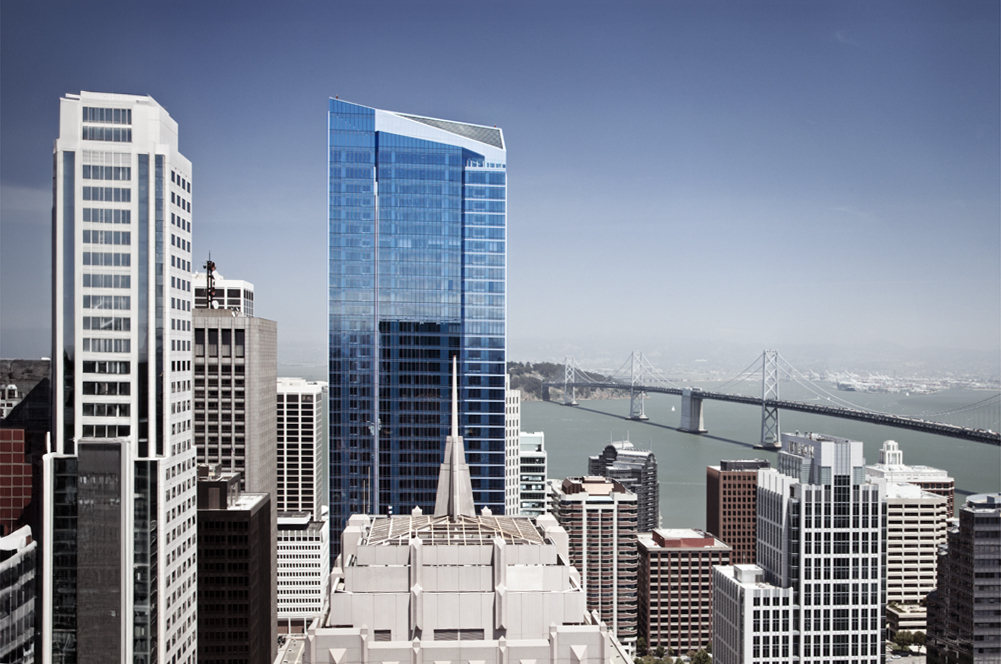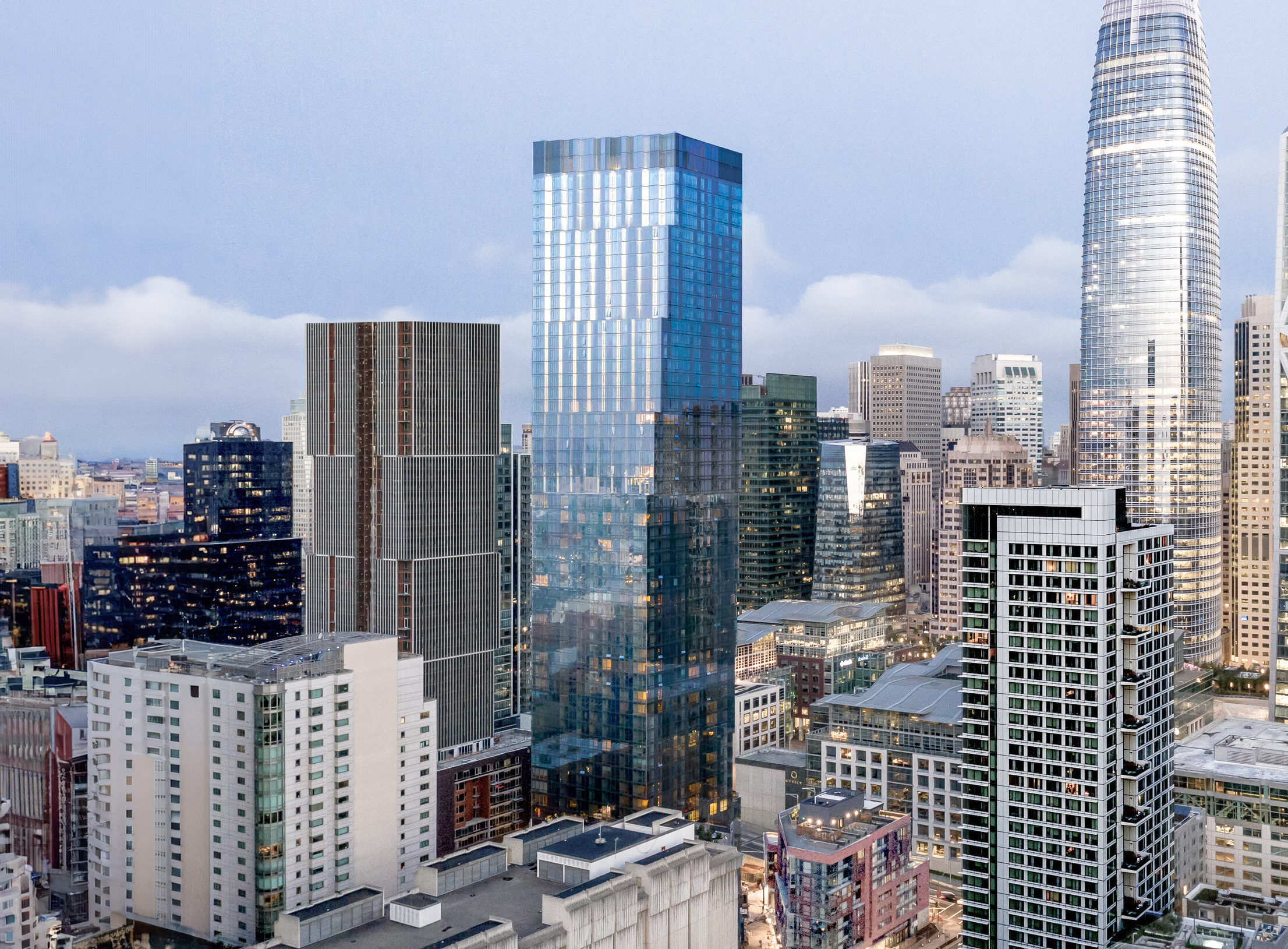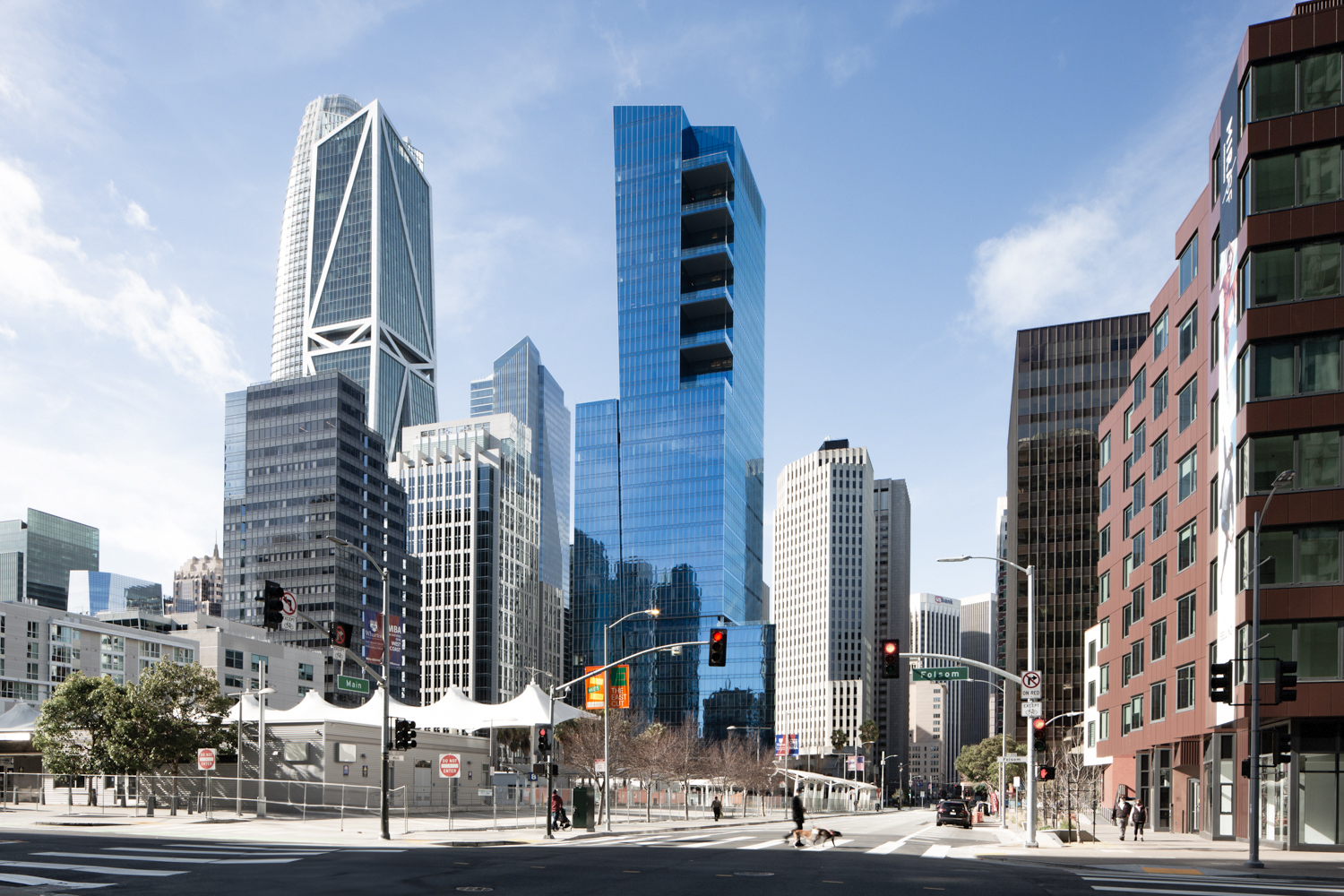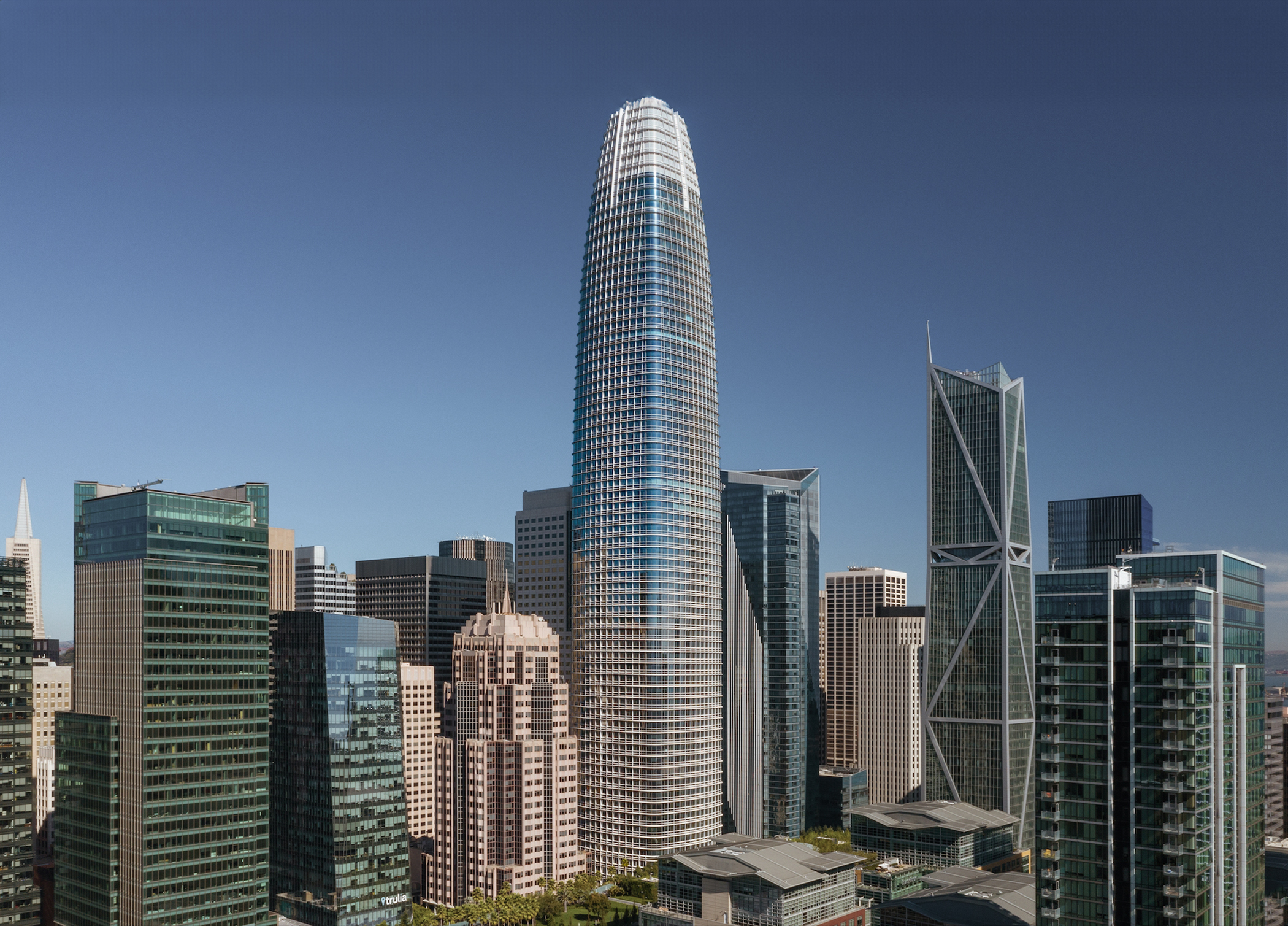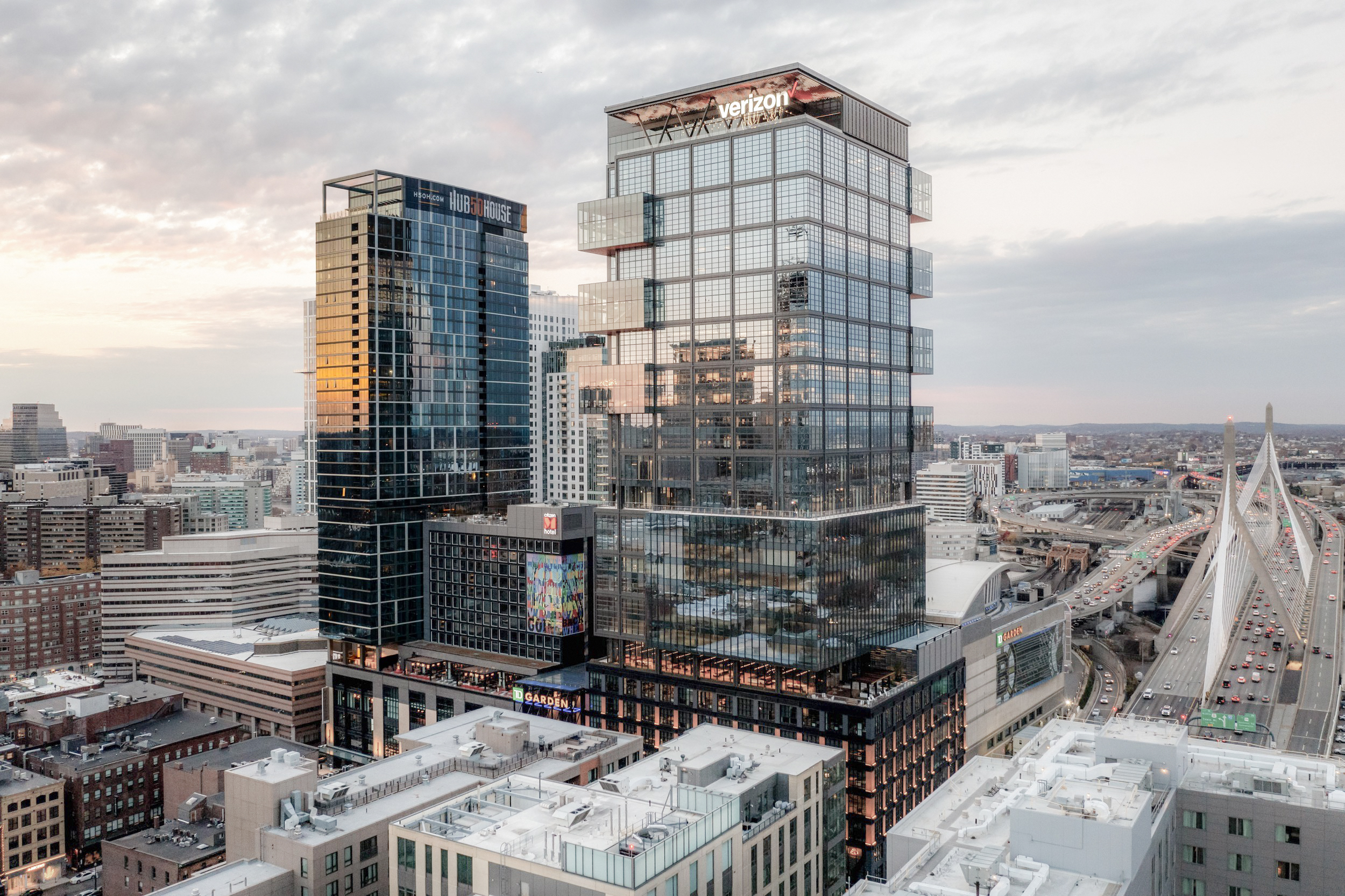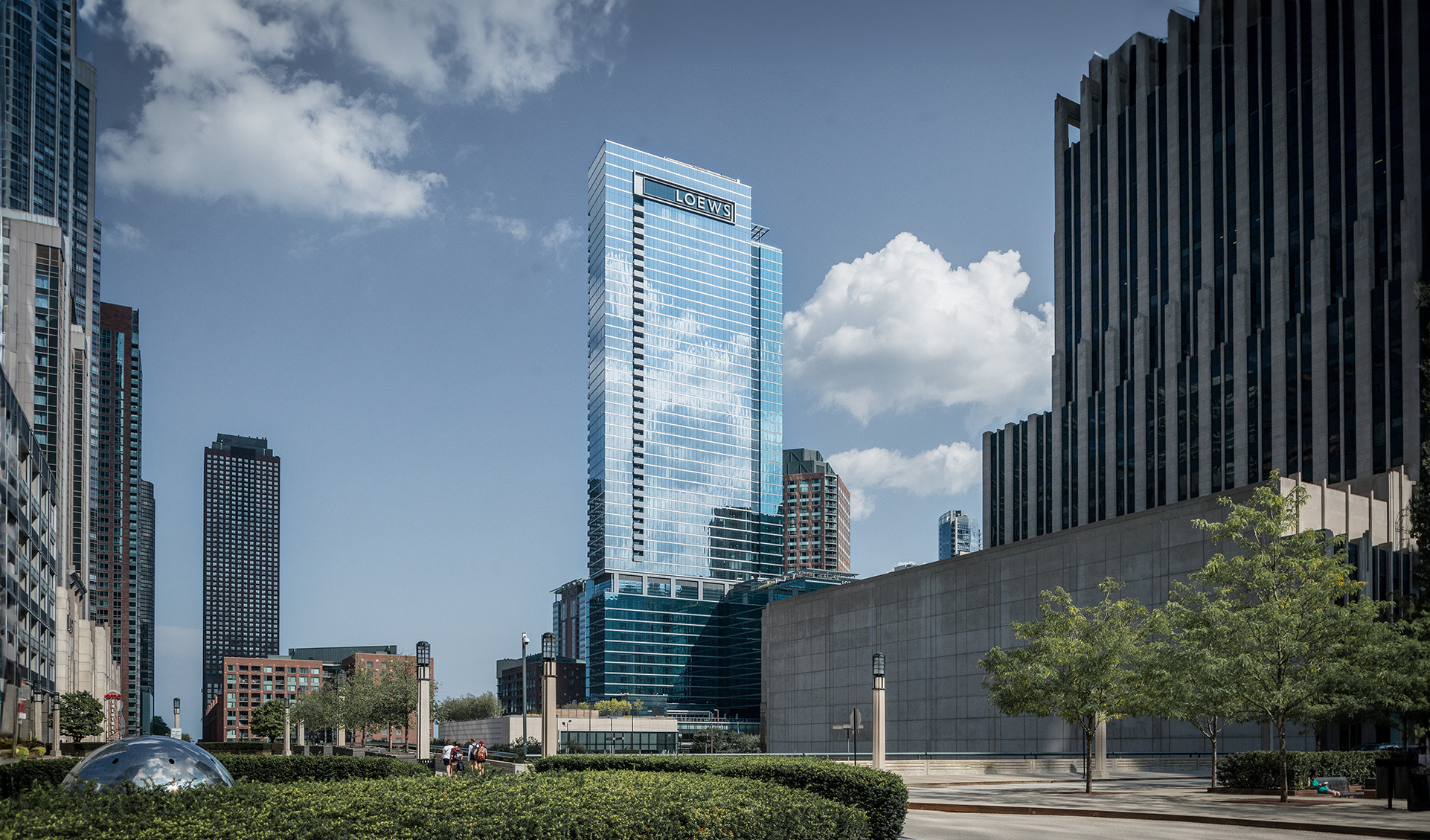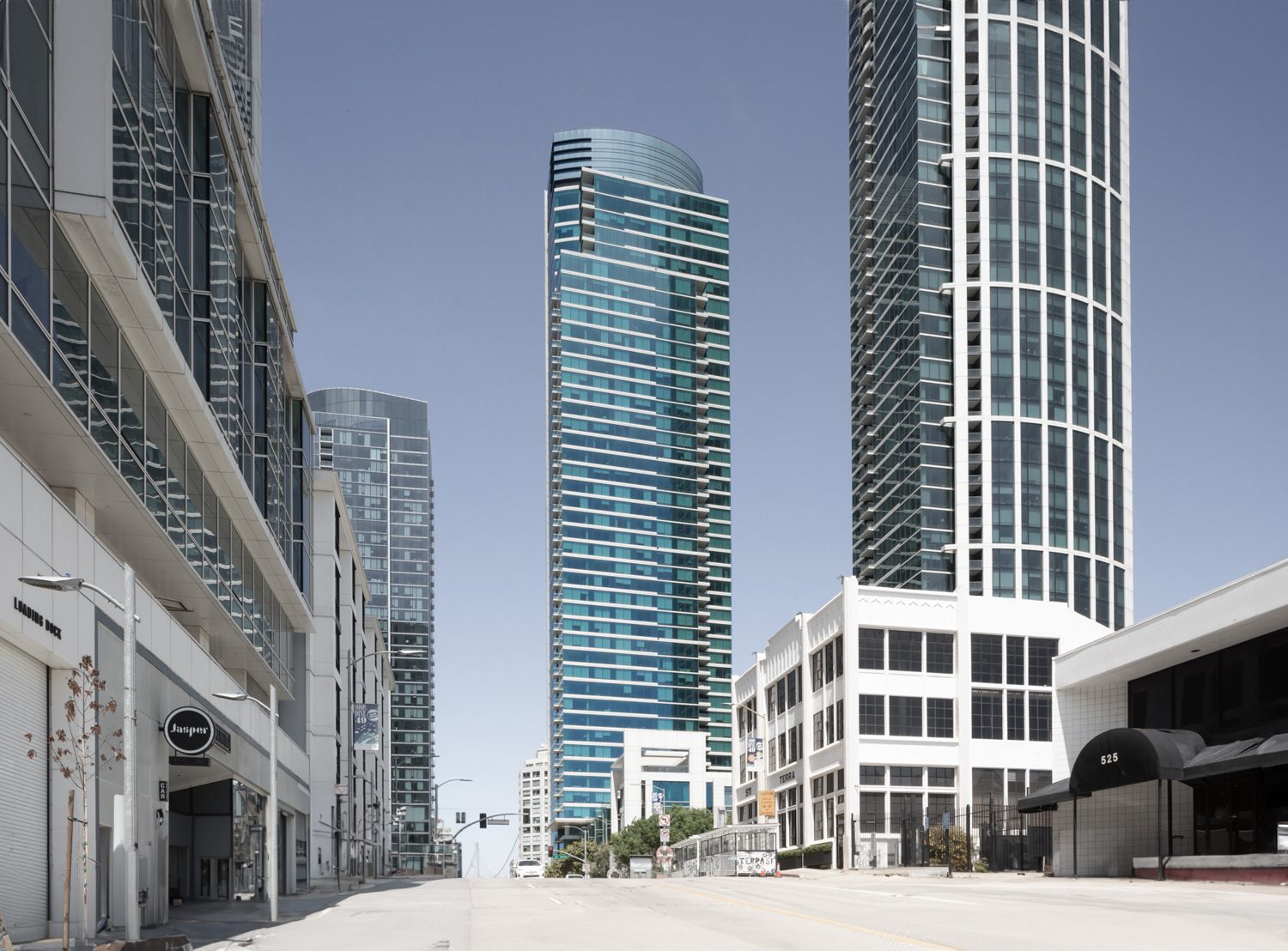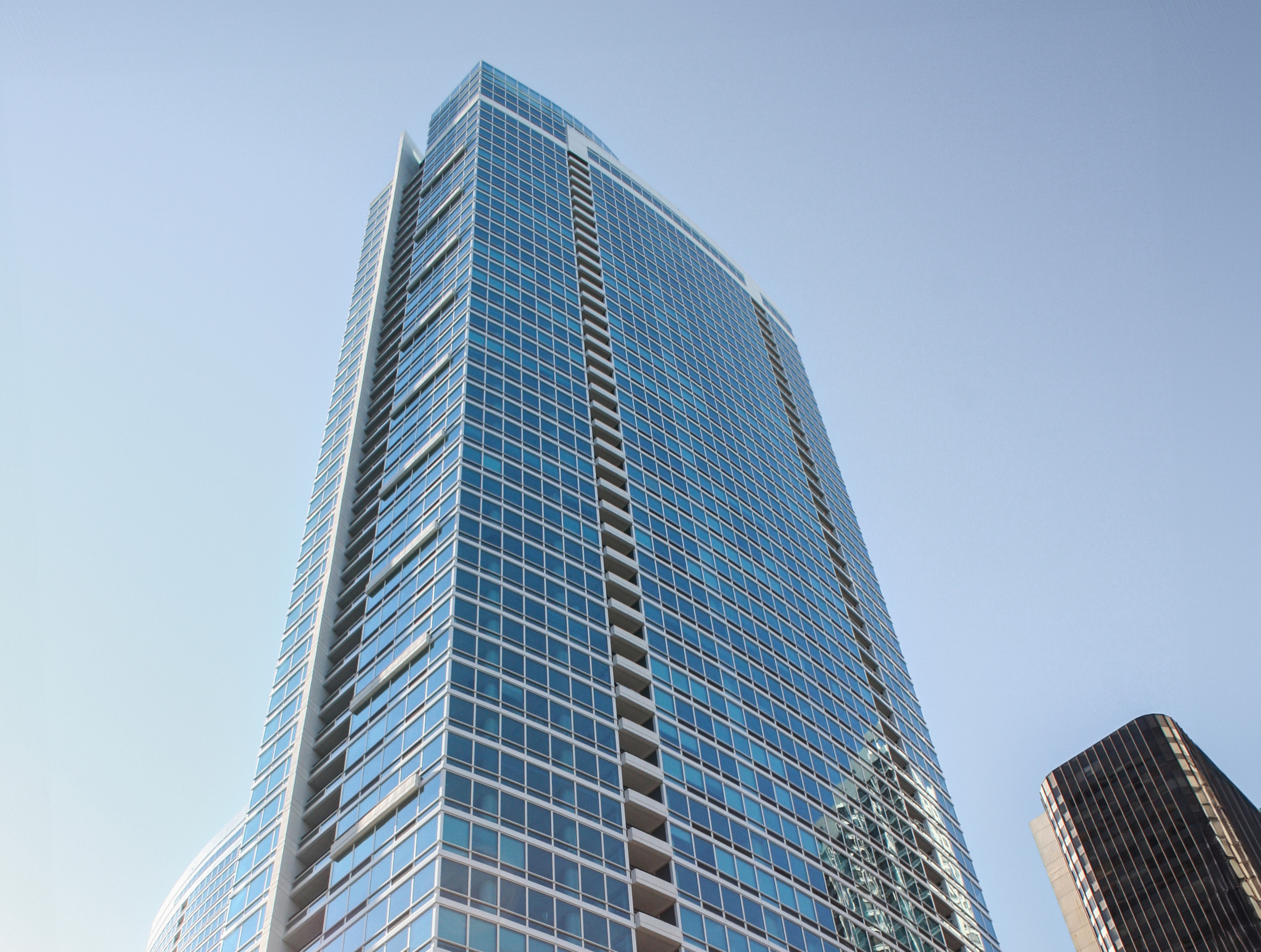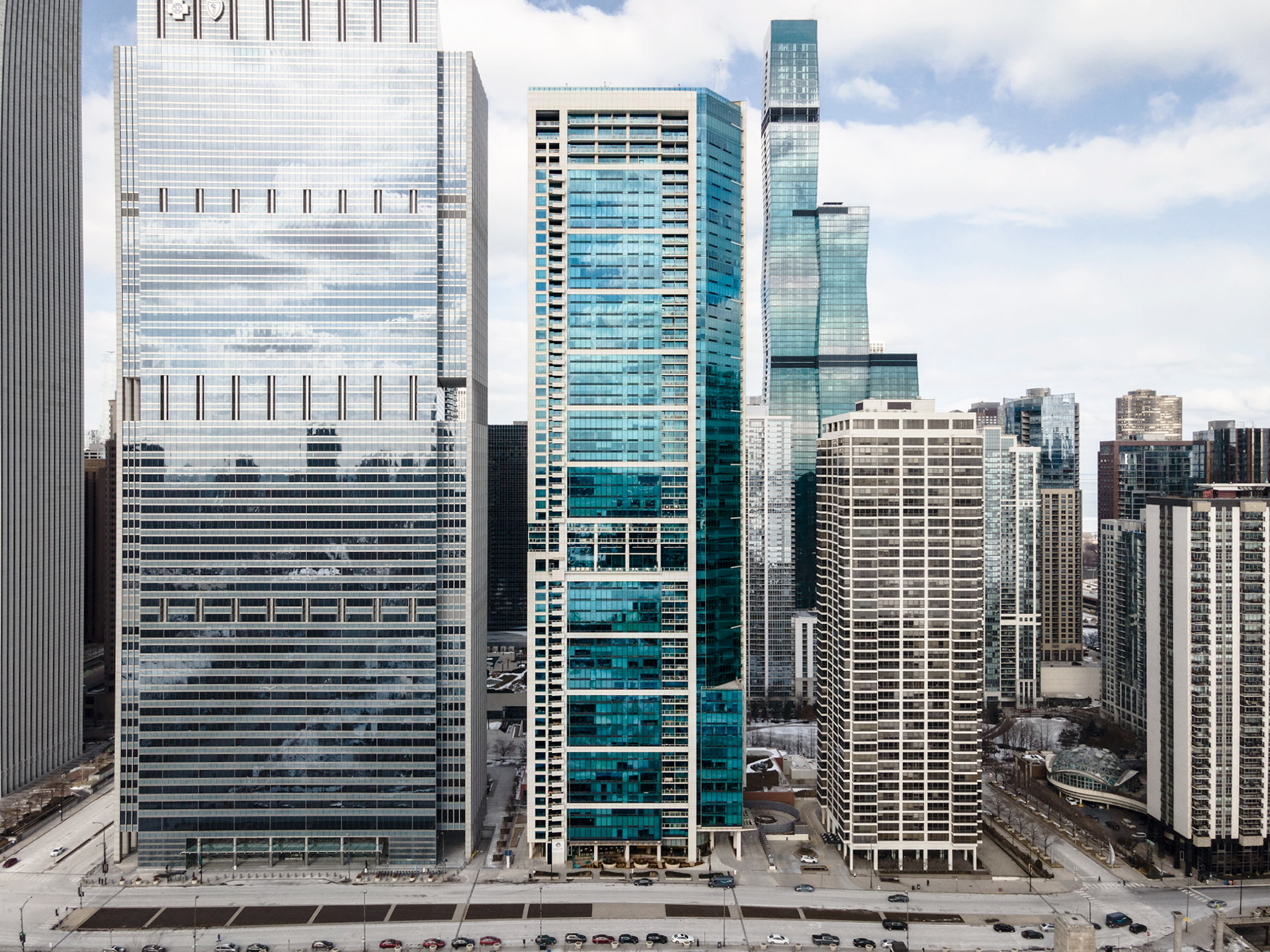The One Rincon Hill South Tower is a Contemporary skyscraper designed by Solomon Cordwell Buenz, and built between 2005 and 2008, for a reported $300 million dollars, in San Francisco, CA.
Its precise street address is 425 First Street, San Francisco, CA. You can also find it on the map here.
One Rincon South Tower is the tallest tower of a complex consisting of two luxury buildings known as One Rincon Hill. The two towers share a common townhouse podium.
